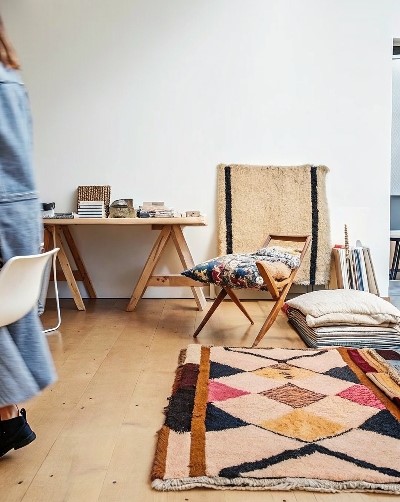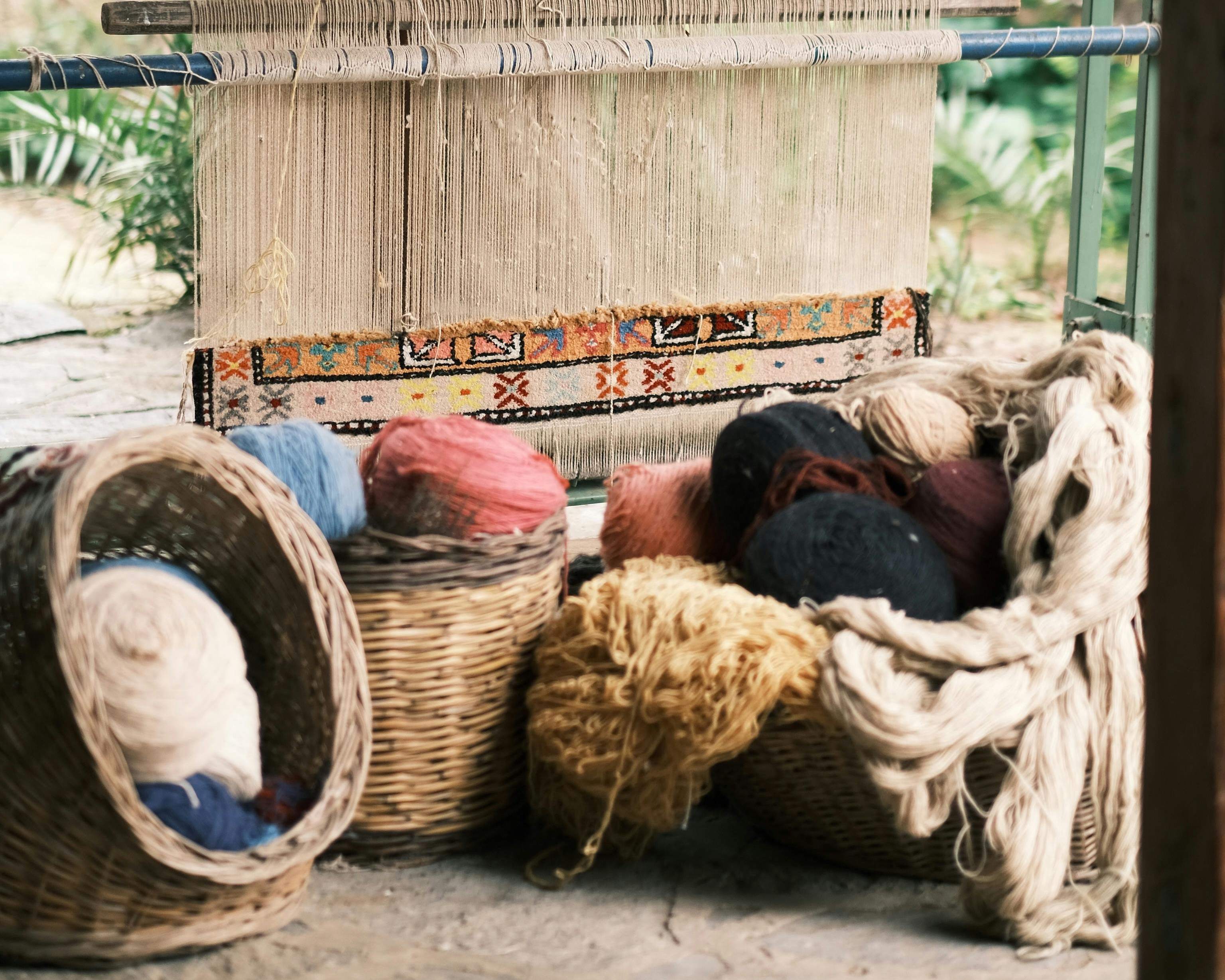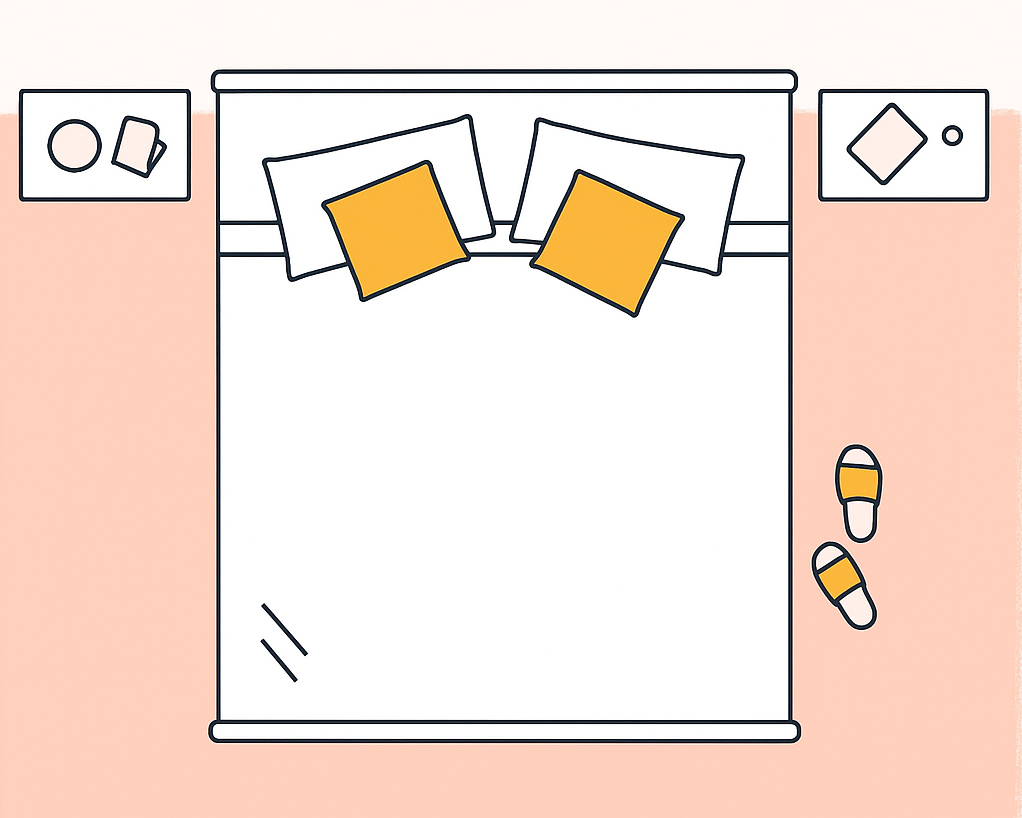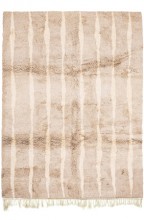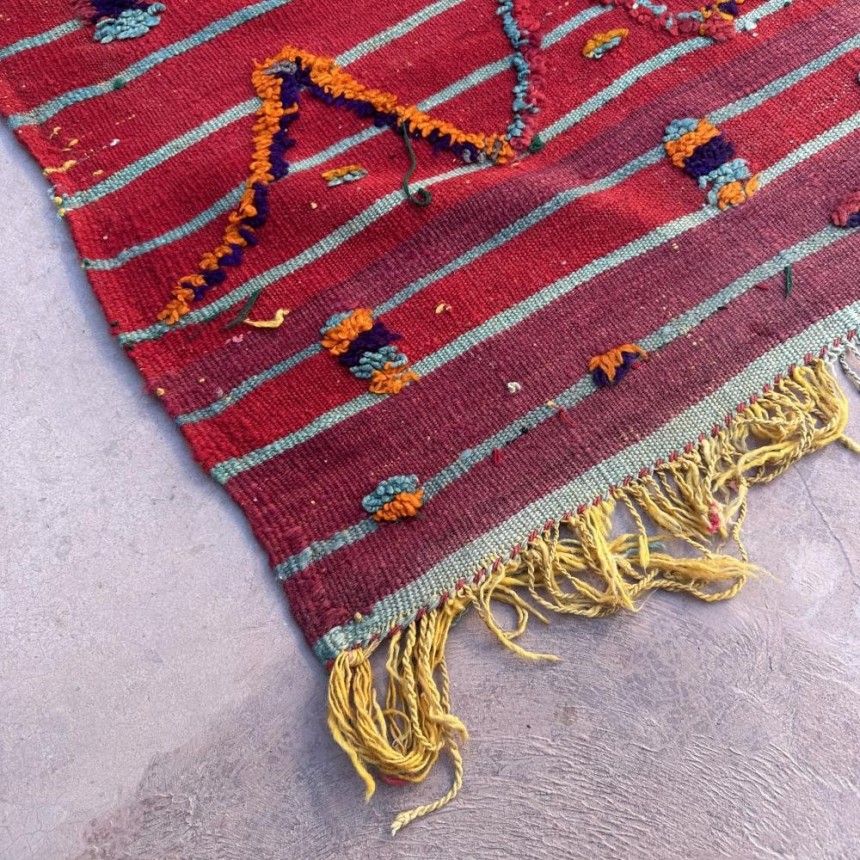
Moroccan rugs are renowned for their striking geometric patterns that captivate the eye and add a touch of cultural richness to any space. These intricate designs, rooted in centuries-old traditions, not only showcase the artistic prowess of Moroccan artisans but also hold symbolic meanings that weave stories of heritage and identity. Let's delve into the world of Moroccan rug patterns and unravel the beauty and significance behind these timeless works of art.
Geometry as Art: The Essence of Moroccan Rug Designs
From bold lines and symmetrical shapes to intricate tessellations and repeating motifs, geometric patterns form the backbone of Moroccan rug designs. Influenced by Berber culture, nomadic traditions, and Islamic art, these patterns reflect a harmonious blend of symmetry, balance, and visual appeal.
Symbolism Woven in Threads
Beyond their aesthetic allure, many geometric motifs in Moroccan rugs carry symbolic meanings deeply rooted in Berber beliefs and traditions. Diamonds symbolize protection and warding off evil spirits, while zigzags represent water streams or mountains. Each symbol tells a story, connecting the rug to the weaver's cultural heritage and environment.
Regional Influences: A Tapestry of Styles
Morocco's diverse geography and tribal communities have given rise to a rich tapestry of rug styles, each with its distinct patterns and techniques. The Beni Ourain rugs feature minimalist diamond and linear designs, while Azilal rugs boast vibrant colors and abstract motifs. The intricately woven Kilims showcase intricate geometric compositions, highlighting the weavers' skill and artistry.
Time-Honored Techniques: Handcrafted Excellence
The creation of Moroccan rugs is a labor-intensive process that combines age-old weaving techniques with modern innovations. Skilled artisans meticulously hand-weave each rug on traditional looms, using natural wool and dyes sourced from local resources. The result is a masterpiece that not only adorns floors but also elevates spaces with its craftsmanship and beauty.
Modern Appeal: Integrating Moroccan Rugs in Contemporary Spaces
While rooted in tradition, Moroccan rugs seamlessly complement modern interior design aesthetics. Their timeless patterns and versatile color palettes blend effortlessly with minimalist, bohemian, or eclectic decor styles, adding warmth, texture, and a touch of exotic allure to any room.
Preserving Heritage: Supporting Artisans and Sustainable Practices
As global appreciation for Moroccan rugs grows, there is a renewed focus on ethical sourcing, fair trade practices, and preserving traditional craftsmanship. Supporting artisan cooperatives ensures fair wages, empowers local communities, and promotes sustainable weaving practices that honor the rug-making heritage.
Embracing Art and Culture
By incorporating Moroccan rugs into our homes and design spaces, we not only embrace exquisite craftsmanship but also celebrate a heritage woven into every thread. Each rug becomes not just a decorative piece but a storytelling masterpiece that connects us to the rich cultural tapestry of Morocco, inviting us to appreciate the beauty of geometric perfection and the artistry of human hands across generations.


